Consult with our experts to pick your prefect rug delivered to your door step.
Or start with the one closest to your desire from our catalogue, we will provide you with all the possible options
Showing 1–9 of 507 resultsSorted by popularity
Or start with the one closest to your desire from our catalogue, we will provide you with all the possible options
Afshar rugs are woven by the Afshar tribe, a semi-nomadic Turkic people with a long history in Iran. Historically, the Afshari tribe hailed from northwest Iran (around Azerbaijan), but in the 18th and 19th centuries many were relocated to the Kerman region in southeastern Iran.
Today, most Afshar rugs come from areas near the city of Kerman and the town of Sirjan. The Afshar weavers, having transitioned from full nomadism to settled life, retained their rich weaving traditions as a means of livelihood and cultural expression. Afshar carpets thus represent a blend of influences: you can sense Caucasian Turkic roots in their motifs, mixed with Persian sensibilities from living in Iran for centuries.
This tribe’s rugs were often smaller pieces used within their own tents or traded in local markets. Over time, Afshar rugs gained popularity for their distinctive tribal look and durable quality, becoming sought-after in Western markets by the mid-20th century. The name “Afshar” has become synonymous with a particular style of Persian rug that is tribal yet remarkably artisanal, reflecting the history of a tribe that adapted to new lands but kept its identity alive in the loom.
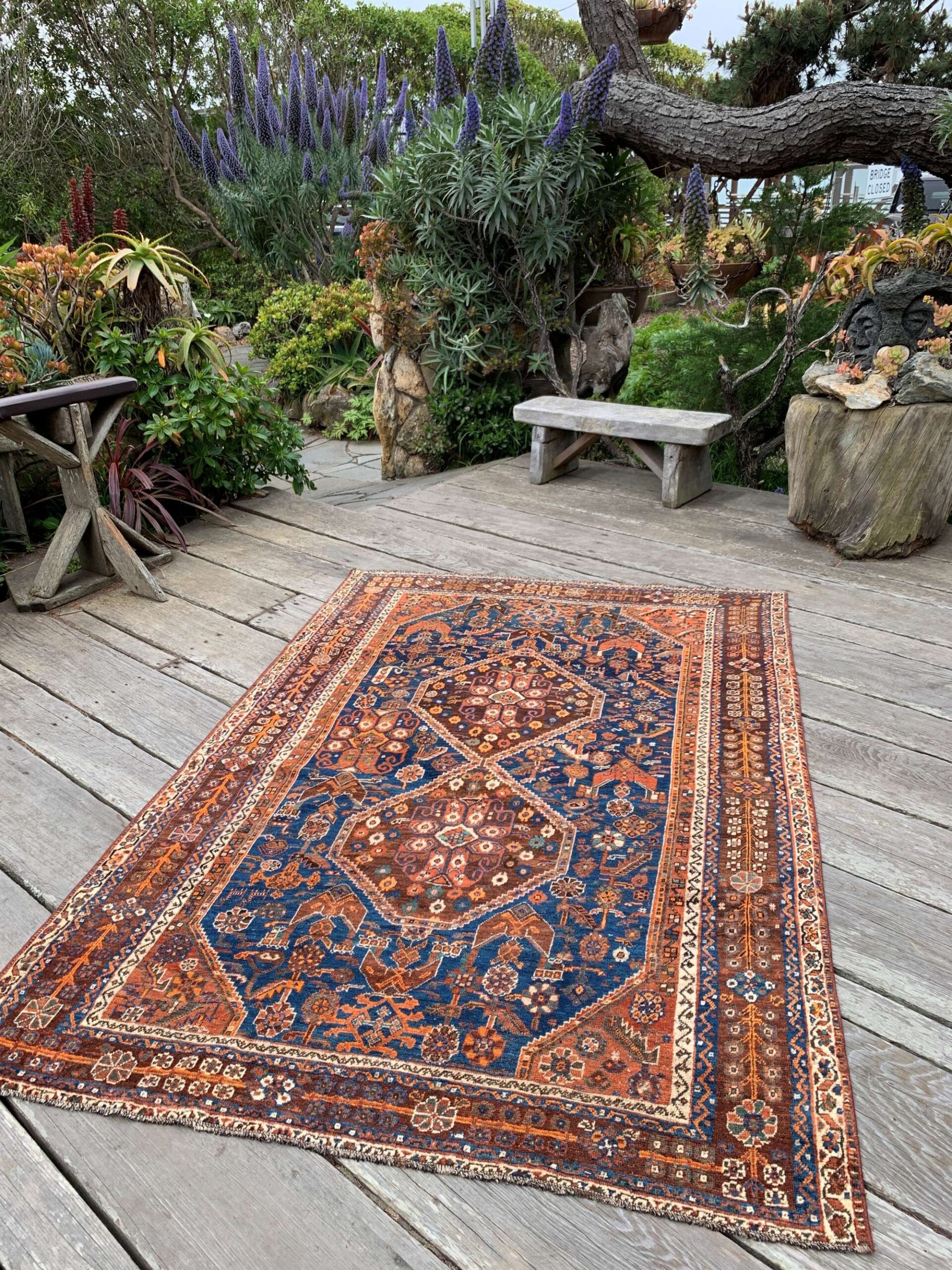
Afshar rugs are celebrated for their bold, geometric designs and vibrant colors. A typical Afshar carpet might feature an open field of deep red or rust color, punctuated by a central medallion or an all-over repeat pattern. One common design is a scattered layout of small medallions or boteh (paisley) motifs across the field, or a lattice pattern filled with tiny flowers. Alternatively, Afshars sometimes have a single diamond or hexagon medallion in the center, echoing tribal symbols.
What sets Afshar motifs apart is the creative freedom of the weavers – patterns can vary significantly from rug to rug. You will frequently find stylized flowers, stars, and occasionally animal figures (like chickens or four-legged creatures) rendered in a naive, charming manner. Borders are usually composed of several narrow bands, often including a running dog or wave motif, and small rosettes.
Color-wise, Afshar rugs are known for rich reds and dark blues, often accompanied by accents of white, ivory, or orange. The contrast of white against the red/blue field can be quite striking, outlining motifs and giving the design a crisp look. Thanks to their tribal nature, Afshar patterns tend to be rectilinear (straight lines and angles) rather than curvilinear, which means even floral elements appear somewhat angular. Some Afshar rugs also showcase the “garden design,” with compartmentalized sections, reflecting Persian garden carpets in a more rustic form.
Overall, the design features of Afshar rugs exude a vibrant, folksy charm – they are clearly handmade and often one-of-a-kind, with each weaver’s imagination leaving an imprint on the final pattern. This makes Afshar rugs a delight to explore, as no two are exactly alike, yet all carry the cohesive look of Afshar tribal artistry.
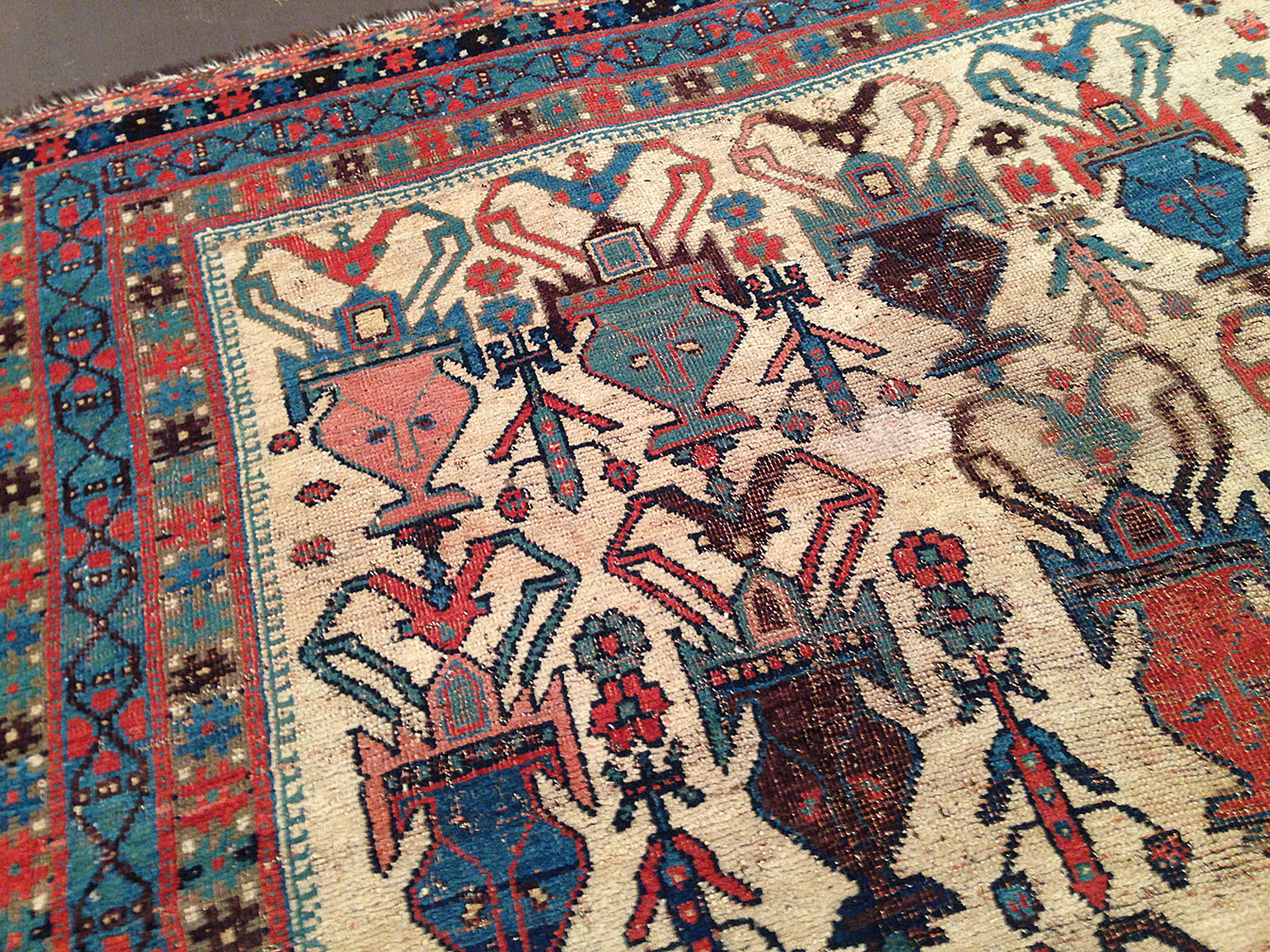
Afshar rugs are woven to be both beautiful and practical, using materials readily available to the weavers. The pile is made from local sheep’s wool, which in the Afshar’s Kerman region is high quality – resilient and with a good luster. This wool is often hand-spun, giving it a slightly uneven texture that adds character to the rug. For the foundation, Afshar weavers traditionally used wool for both warp and weft when they were nomadic (making an all-wool rug), but in more recent settled production, cotton warps and wefts are common for added strength.
However, many Afshar rugs still feature wool wefts, and sometimes even wool warps, preserving a softer, more pliable tribal feel. They use the Persian knot (Senneh knot) or occasionally the Turkish knot, tied tightly. The knot density of Afshar rugs ranges roughly from 90,000 up to about 250,000 knots per square meter. This is a moderate knot count: not as fine as city rugs, but fairly tight for a tribal rug – reflecting the Afshar commitment to durability.
The pile is usually cut medium height, not overly thick, which helps highlight the crisp geometry of the patterns. Afshar rugs often have a slightly narrow width relative to their length, a quirk that comes from the loom sizes and their original use as tribal mats or tent rugs. Dyes historically were natural (madder reds, indigo blues, etc.), and many older Afshars have beautifully aged colors. Modern pieces may use synthetic dyes but often try to emulate the traditional palette.
An interesting trait: Afshar rugs sometimes have an intentional asymmetric shape or irregular design elements – for instance, one end might have extra small motifs (known as elem) that differ from the other end, which is a hallmark of tribal weaving. In summary, Afshar rugs are made with robust wool and sturdy cotton (or wool) foundations, knotted in a way that balances fineness with the weaver’s practical intent. The resulting rug is strong (able to handle use on a tent floor or home) and richly colored, with a tactile handmade quality you can both see and feel.
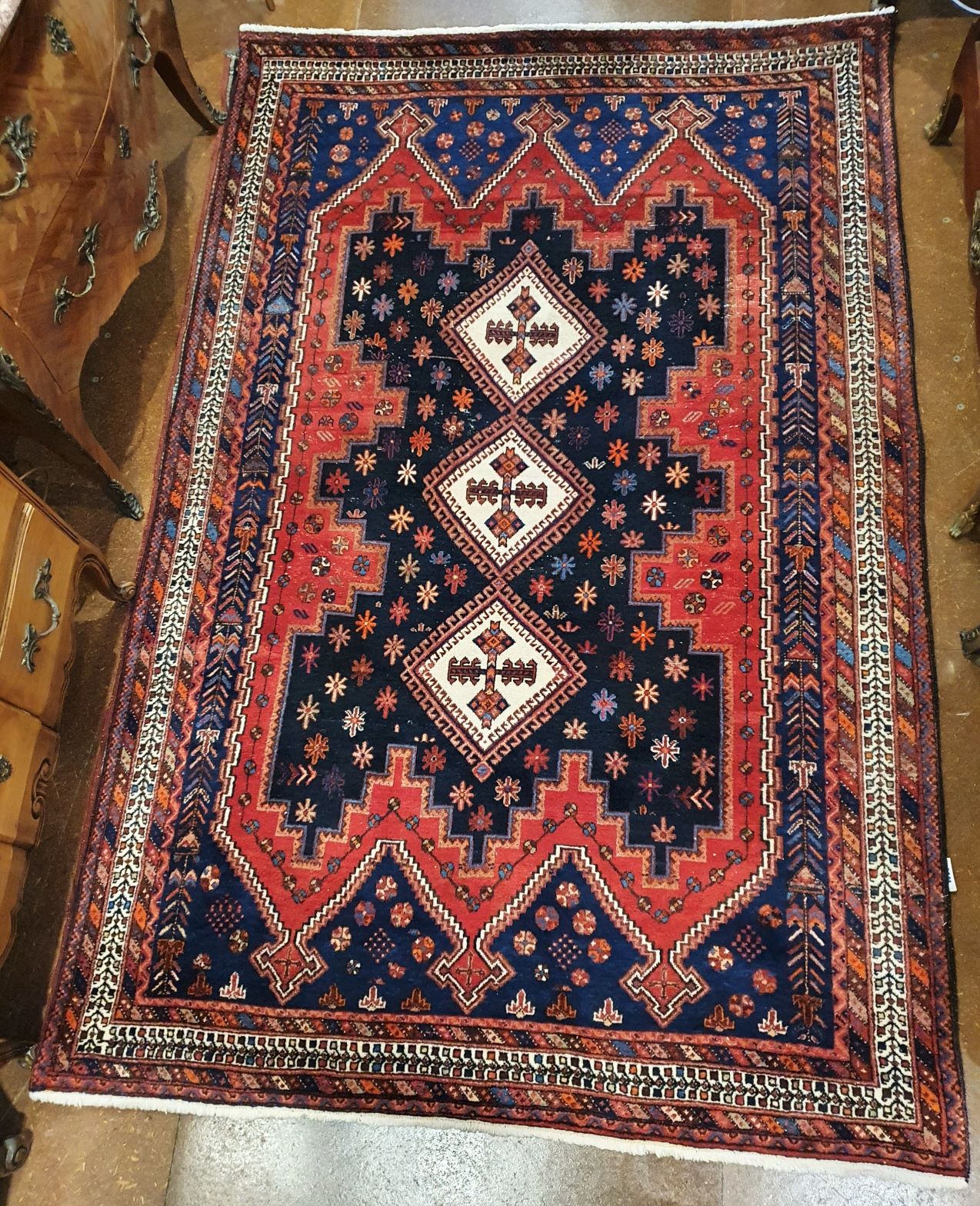
Afshar rugs are as versatile as they are beautiful, making them suitable for many rooms in the home. Traditionally woven in sizes ranging from small mats to mid-sized area rugs, Afshars find perfect placement in cozy spaces or layered in larger rooms. A classic use for an Afshar is in a living room or den where its warm colors can pull together a seating area. The durable wool and medium pile mean it can handle the traffic of a family gathering spot.
Because Afshar designs often incorporate reds and blues, they pair exceptionally well with wooden furniture, leather couches, or upholstered pieces in neutral tones – the rug adds a pop of color and pattern that enlivens the room. These rugs also excel in bedrooms or studies: imagine an Afshar carpet beside the bed or under a desk, giving a soft landing for your feet and an inspiring motif to gaze upon. Their tribal aesthetic adds a touch of coziness and personality to personal spaces.
Many Afshars are medium-sized (e.g. 4×6, 5×7 feet), ideal for placing at an angle under a coffee table or layered over a larger jute rug for a bohemian look. Because Afshar rugs often have broad width relative to length (some are almost square or wide rectangles), they can work nicely in dining nooks or large entryways – anywhere you need broad coverage. The sturdy construction also makes them appropriate for high-traffic corridors or foyers; just use a rug pad to keep them in place.
Another aspect to consider: Afshar rugs have a bold presence without being overly formal, so they can lighten up formal rooms or be the centerpiece of a casual setting. For example, in a formal dining room, an Afshar under the table can actually break the stuffiness and introduce a welcoming, down-to-earth vibe. In summary, whether it’s a lively family room, a comfortable study, or an entrance that needs a splash of color, an Afshar rug fits right in. Its tribal charm is adaptable – capable of warming up modern minimalist spaces or blending with traditional decor to add an eclectic twist.
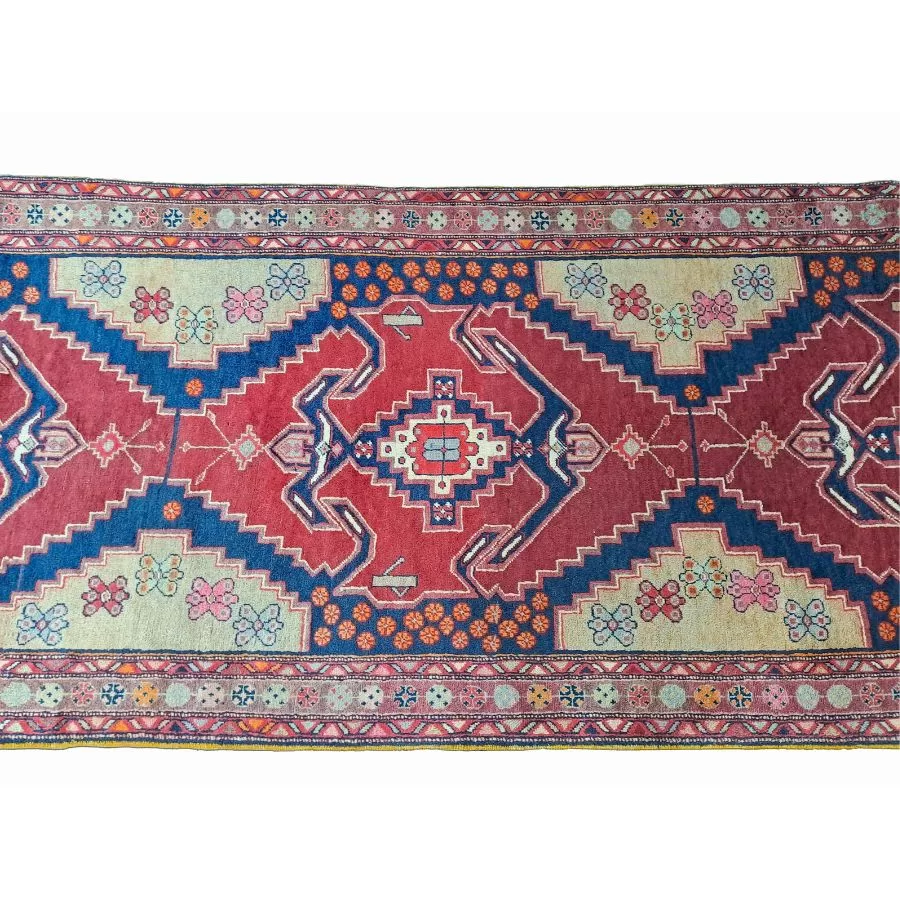
Afshar rugs generally occupy a mid-range price point in the Persian rug market, which makes them an attractive proposition for buyers who want authenticity without an exorbitant cost. The pricing can vary based on age, size, and quality. Antique Afshar rugs (those roughly from the late 19th to early 20th century) can be quite valuable, especially if they are in good condition and feature exceptional dyes or rare patterns – these might fetch higher prices at auctions or from dealers who specialize in tribal rugs.
On the other hand, newer Afshar rugs woven in the last few decades are often very reasonably priced relative to the work involved. A good quality 4×6 ft Afshar might cost in the high hundreds to low thousands of dollars, while larger room-sized pieces (which are rarer for Afshars) would scale up from there. One reason for the approachable pricing is that Afshar rugs, being tribal and often smaller, use slightly less fine materials or knot counts than premium city carpets, yet they still deliver on durability and artistry. In terms of value, Afshar rugs are considered a sound investment for daily use – you get a hearty rug that can handle wear, meaning it won’t need replacing and thus offers long-term value.
Many collectors also see value in Afshars for their unique aesthetic; as individual art pieces, they retain value among those who appreciate tribal rugs. For instance, a beautifully colored vintage Afshar can become a sought-after collectible, potentially increasing in value as good pieces become scarcer. In the decor market, Afshar rugs offer high visual impact per dollar: the bold designs and rich colors can transform a space much like more expensive Caucasian or Turkoman rugs, but often at a fraction of the cost.
They also hold sentimental value, given their cultural background – owners often feel they have a special piece of nomadic art underfoot. In conclusion, whether you’re looking at it from a practical standpoint (a durable handmade rug for a fair price) or an aesthetic one (a distinctive design with collectible potential), an Afshar rug provides excellent value. It’s a purchase where you truly get what you pay for – a one-of-a-kind, well-crafted rug – and sometimes even more, considering the heritage and longevity that come with it.
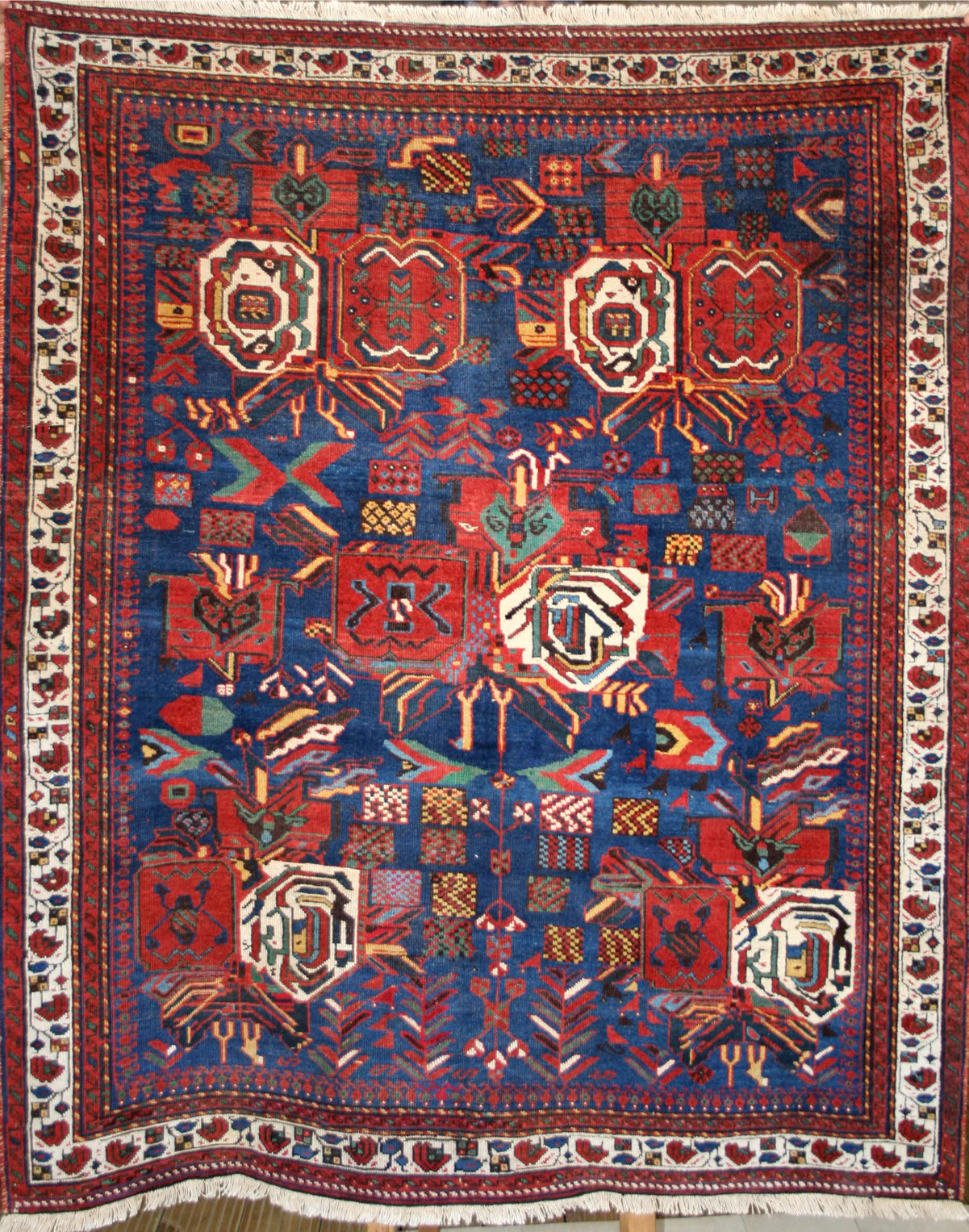
Choosing to buy an Afshar rug means bringing a piece of Persia’s nomadic artistry into your home. There are plenty of compelling reasons to consider an Afshar when you’re browsing Persian carpets. First, Afshar rugs are renowned for their character – each one is slightly unique, reflecting the weaver’s personal touch and tribal traditions. If you’re someone who wants a rug that doesn’t feel mass-produced, an Afshar is a perfect choice.
They’re often highlighted in rug galleries and websites for their bohemian and eclectic appeal – designers love them for adding warmth and pattern to a space. For the practical buyer, an Afshar offers the assurance of a durable, hand-knotted rug at a reasonable price, meaning you get longevity and beauty without overspending. When persuading someone on why to buy an Afshar, it’s worth mentioning the rug’s versatility: you can move it from room to room or house to house, and it will find a place due to its adaptable size and style. Additionally, because Afshar rugs carry both Persian and Turkic design DNA, they complement a wide range of interior themes – from Middle Eastern-inspired decors to rustic Western styles – making them a safe yet exciting choice.
Many customers also fall in love with the story behind Afshar rugs: knowing it’s woven by tribal descendants in Iran adds an emotional connection. In a competitive rug market, Afshars often “sell themselves” to those who see them – the richness of the reds and the lively geometric patterns catch the eye, and the tactile quality of the wool wins over the touch. If you are shopping online, look for detailed photos; you’ll notice Afshar rugs have a certain glow and boldness. Retailers may highlight phrases like “former nomads’ craftsmanship” or “vintage tribal rug” in their listings, which resonate with buyers seeking genuine articles. In summary, buying an Afshar rug is about embracing a rug that’s both practical and poetic – it’s tough enough for real life and artistic enough to satisfy your creative decor urges. It’s a decision you’ll likely cherish, as each glance at the rug reminds you of the rich cultural tapestry it represents.
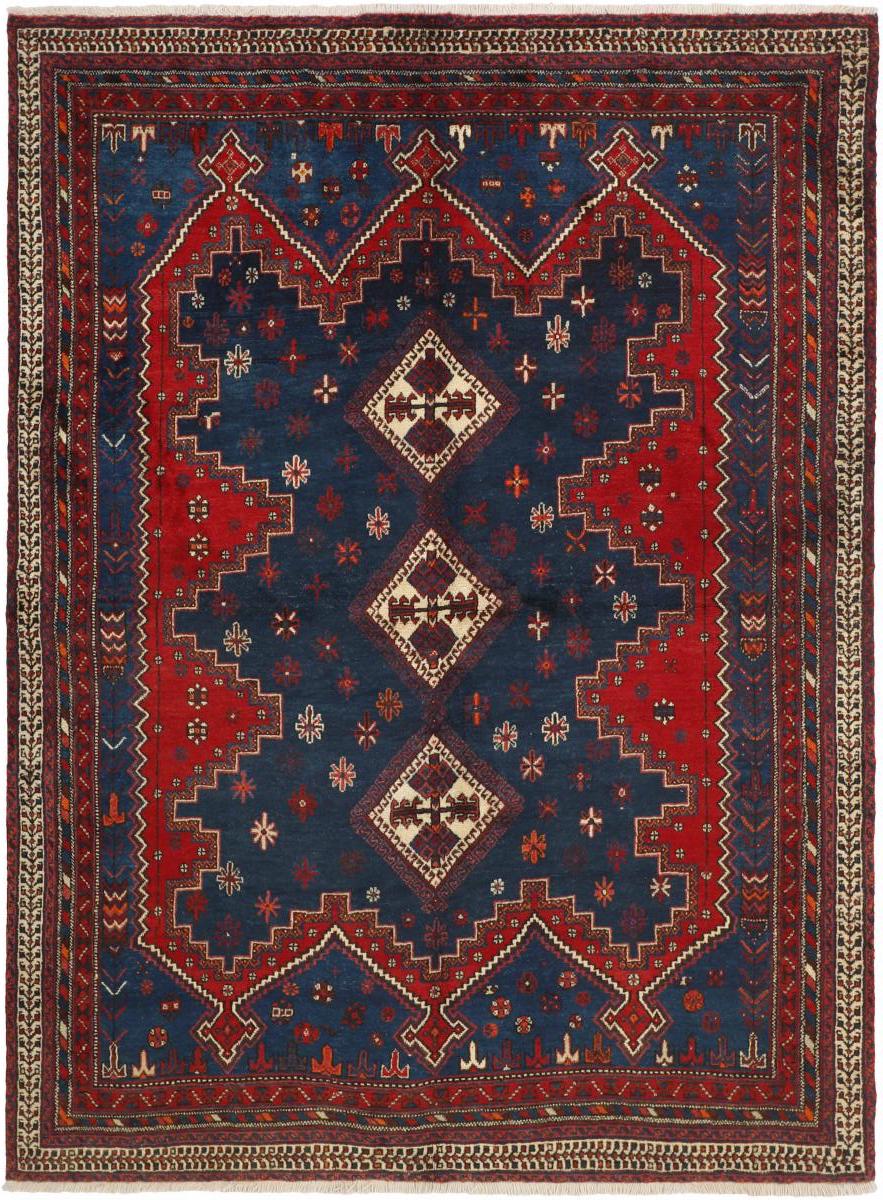
Caring for an Afshar rug is relatively easy, since these rugs are built to handle use. Here are some tips to keep your Afshar looking its best:
Frequent Vacuuming: Vacuum your Afshar regularly (once a week in high-use areas) using a gentle setting. Its short-to-medium pile traps dust, so vacuuming prevents particle buildup that can wear the fibers. Use suction only on the rug’s surface and lightly vacuum the back occasionally to shake out dust (Afshar rugs are often flexible enough to flip over).
Rotate for Even Wear: Every year or so, rotate the rug 180 degrees. Afshar rugs often reside in areas with consistent foot traffic or sun from one side – rotation helps distribute wear and light exposure, keeping colors and pile wear even over time.
Prevent Sun Fading: While Afshar dyes are generally robust (especially if natural dyes were used), prolonged direct sunlight can fade any rug. Use curtains or UV window film in very sunny rooms, or rotate the rug more frequently if one side is in the sun. This will preserve the vibrant reds and blues that Afshars are known for.
Rug Pad Usage: Underlay your Afshar with a non-slip rug pad. This not only prevents slipping on smooth floors but also provides cushioning that reduces stress on the knots when walked on. A pad can also help preserve the rug’s shape and avoid stretching, especially important if your Afshar has an all-wool foundation which can be more pliable.
Address Spills Quickly: The bold colors of Afshar rugs can hide minor spots, but it’s best to treat spills immediately. Blot any liquid with a clean cloth – the wool’s natural lanolin often repels liquids initially, giving you time to absorb it. Then clean with a bit of cool water and mild detergent if needed. Avoid harsh chemicals or bleach, as they can damage dyes.
Professional Cleaning and Repairs: Every 3-5 years, depending on usage, consider a professional cleaning. Ensure the cleaners are experienced with handmade rugs – they’ll use gentle submersion washing to revive the wool without harming the colors. If you notice any fringe unraveling or side cords coming loose (these can happen on well-loved Afshars), take the rug to a professional rug repairer. These minor fixes will prevent further damage and keep the rug structurally sound.
With these simple care steps, your Afshar rug will remain vibrant and sturdy. Remember, these rugs were made to endure tribal life, so they can certainly thrive in your home environment. A little care goes a long way in maintaining their lively charm and ensuring the rug remains a cherished centerpiece of your decor.
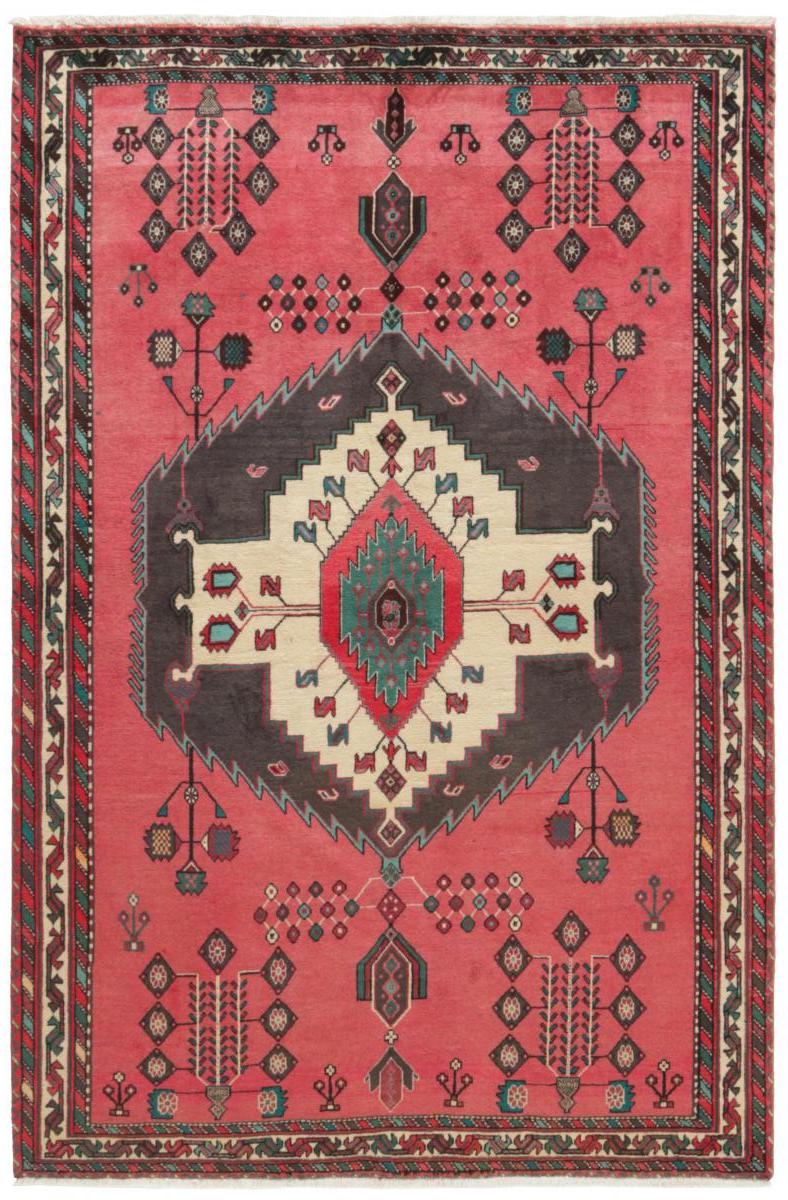
Afshar rugs inject color and personality into a room, and they shine especially well in certain decor settings:
Bohemian Living Space: The lively patterns and warm hues of an Afshar rug are a natural fit for boho-chic interiors. Drape an Afshar in a living room with eclectic furnishings – think mix-and-match pillows, indoor plants, and collected art. The rug’s tribal authenticity anchors the free-spirited vibe and ties disparate elements together.
Country or Cottage Style: In a country cottage or farmhouse-style home, place an Afshar rug in the dining area or under a coffee table. Its hand-crafted look and rich colors complement rustic wood floors, whitewashed furniture, and vintage accessories. The result is a space that feels welcoming and storied, as if the rug has been part of the family for generations.
Contemporary Minimalism with a Twist: Lay a medium-sized Afshar rug on a polished concrete or neutral-toned floor in a modern apartment. Surrounded by sleek, minimalist furniture, the rug becomes a striking piece of art – a focal point of pattern and warmth amid simplicity. This contrast between modern and tribal can be very high-design and magazine-worthy.
Children’s Playroom or Nursery: Surprisingly, a durable Afshar can work wonderfully in a playroom or nursery with a global theme. Its bold motifs can spark imagination, and the sturdy wool stands up to play. Choose one with cheerful touches of orange or white in the pattern. It introduces your little ones to authentic art from another culture early on.
Layered Rug Look: Designers often layer smaller tribal rugs on top of larger natural fiber rugs for texture. An Afshar thrown at an angle over a big sisal or jute rug in a large living room creates a curated, cozy look. This works well in open-plan homes or lofts where you want to delineate a conversation area. The layers add depth and an inviting softness.
In each of these settings, an Afshar rug brings an element of world-travelled charm. Whether you style it in a laid-back, cozy environment or use it as an accent in a chic modern space, the Afshar adapts and adds its unique flair. These recommended settings emphasize what Afshar rugs do best: enrich interiors with color, culture, and comfort.
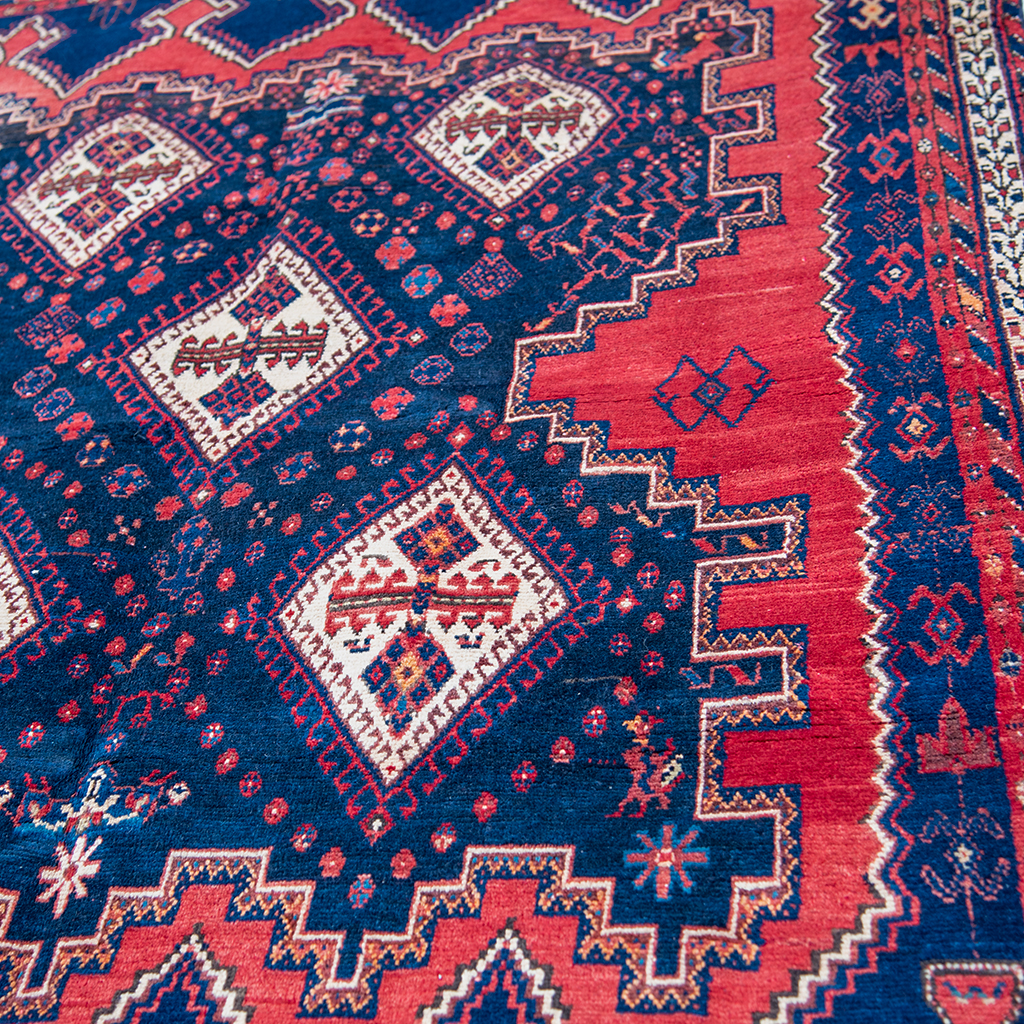
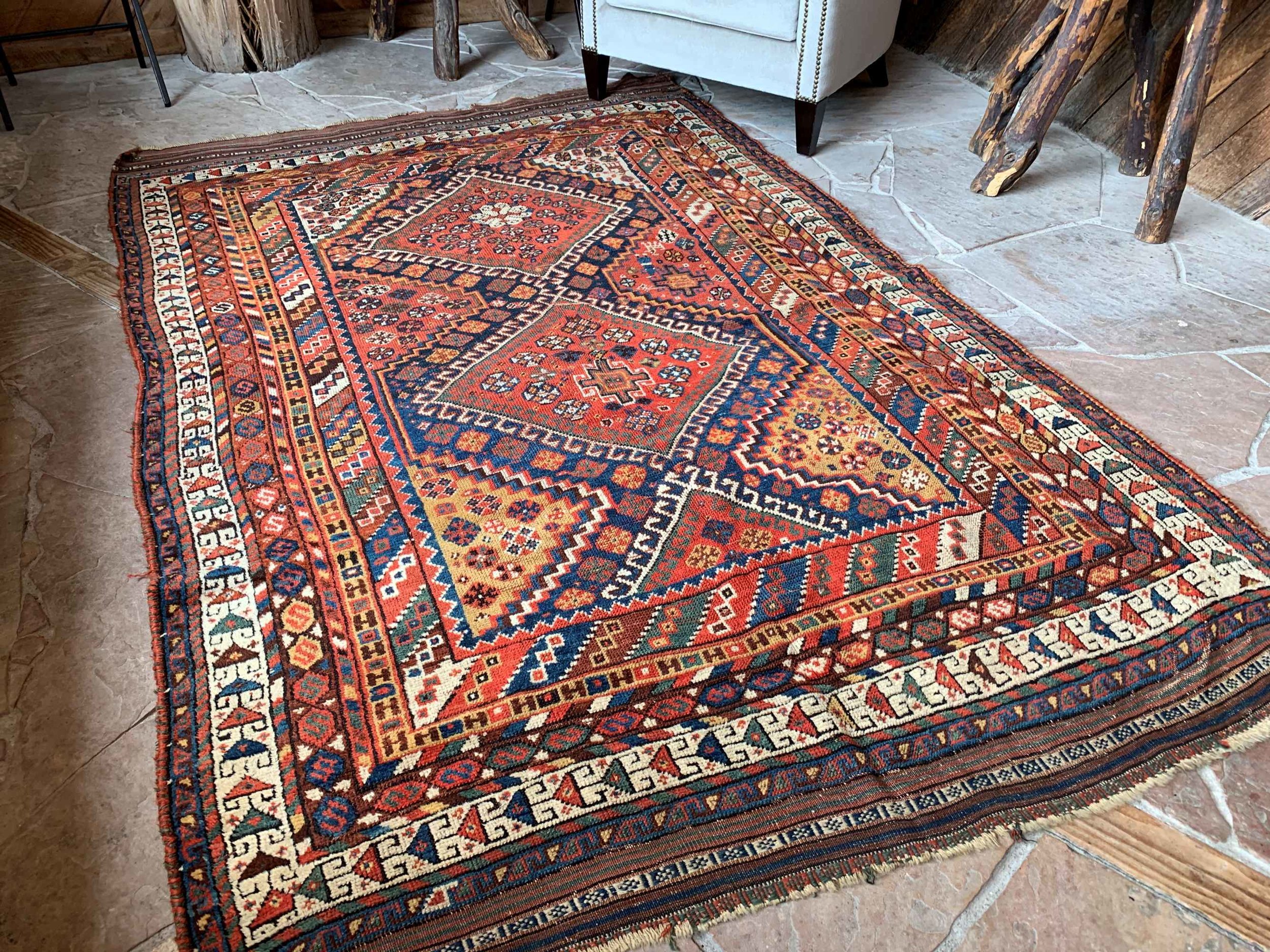
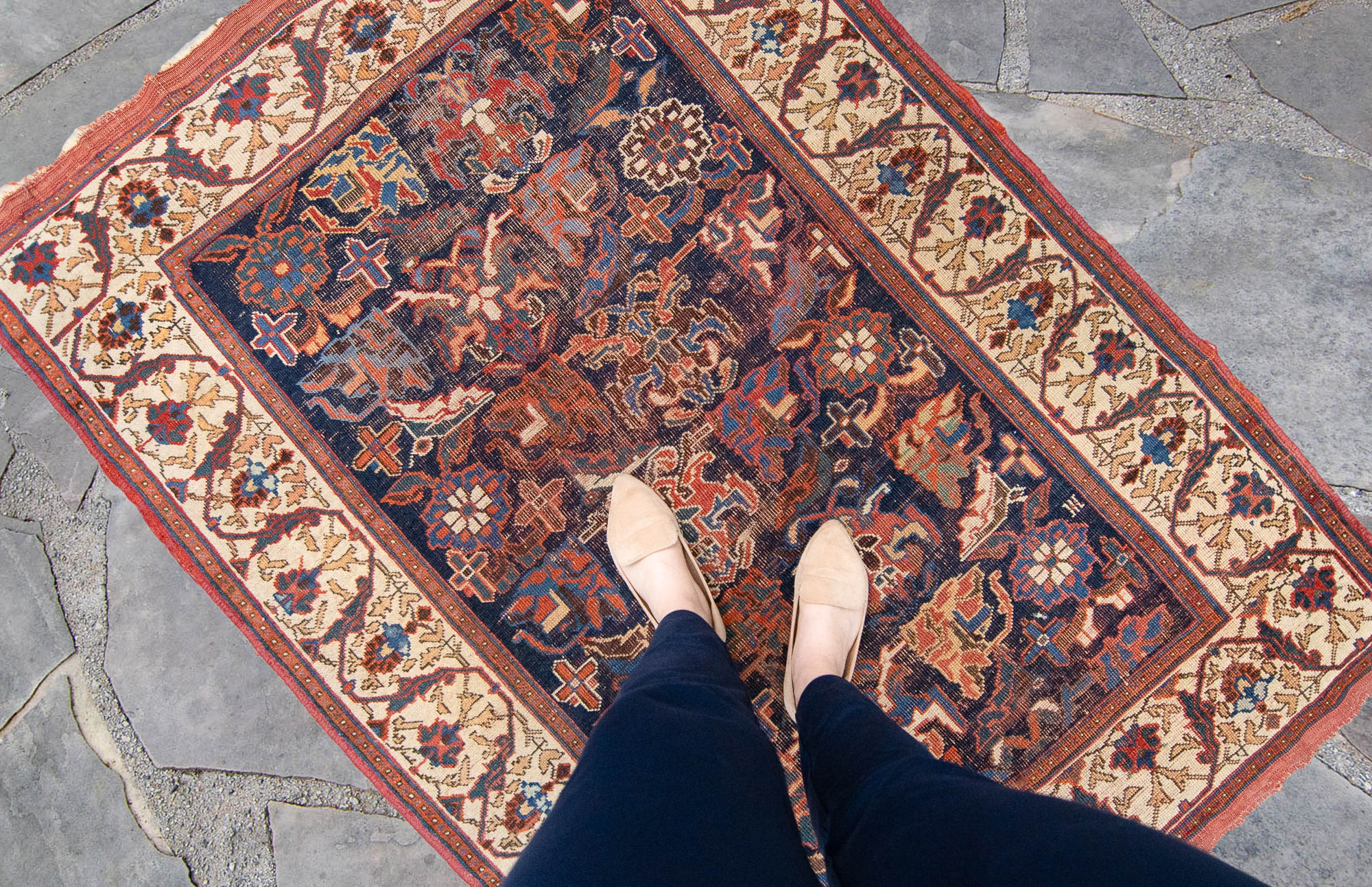
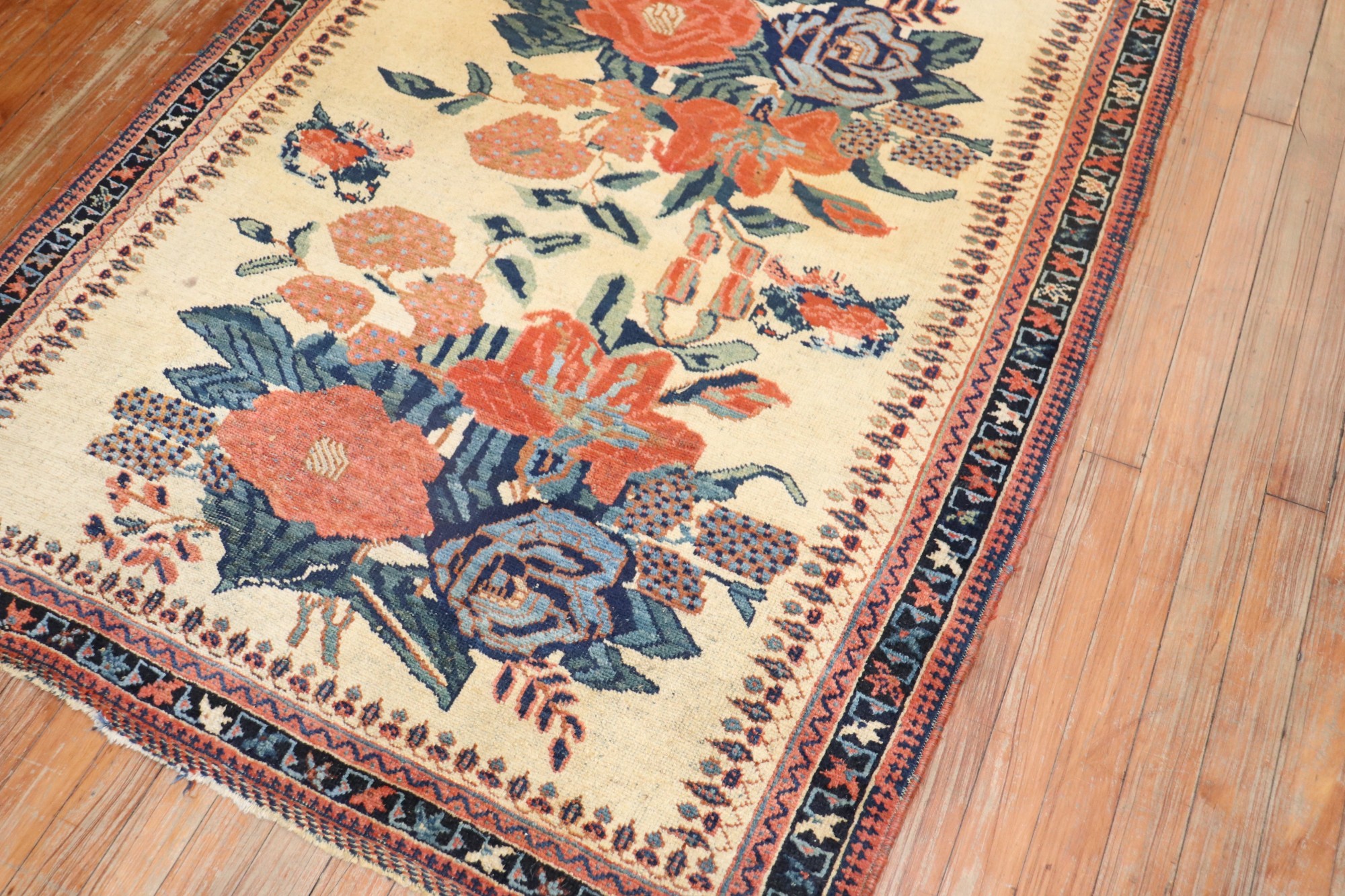
As a family-owned Persian carpet shop, we bridge the gap between passionate collectors and skilled weavers, supporting both the artistry and the heritage of this timeless craft.
We guarantee fair prices for Original Authentic Persian Carpets
Address:
Shop No-GD 04, Dragon Mart 2 –
Dubai – United Arab Emirates
No.36 – 10th st. – Hafez Ave. –
Shiraz , Iran
Block 19 – Kooye Mohandesan –
Kish Island, Iran
Email info@letsgopersian.com
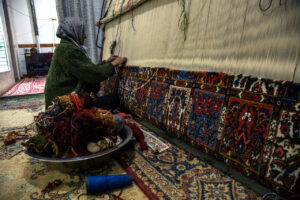
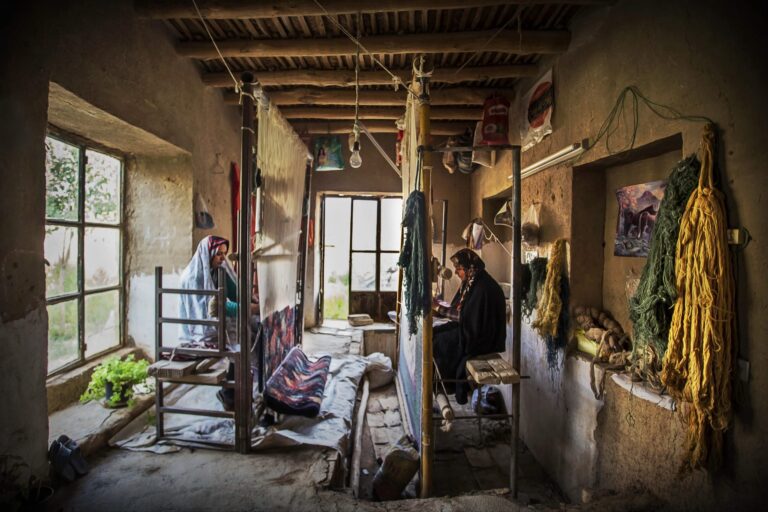
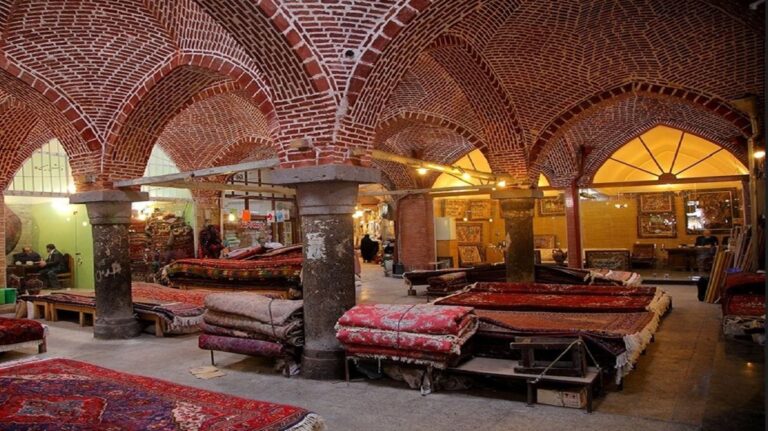
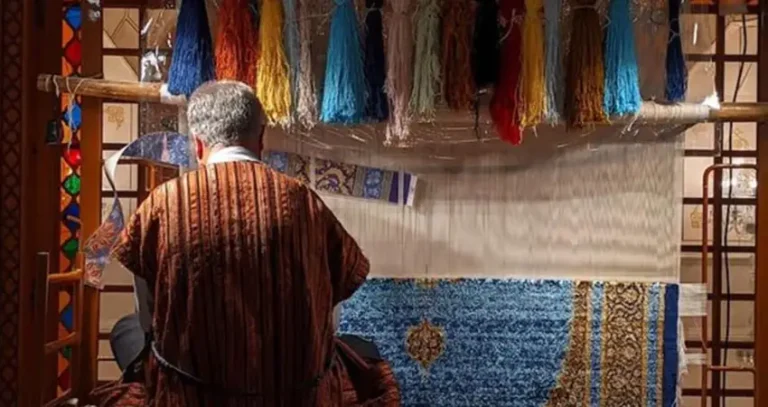
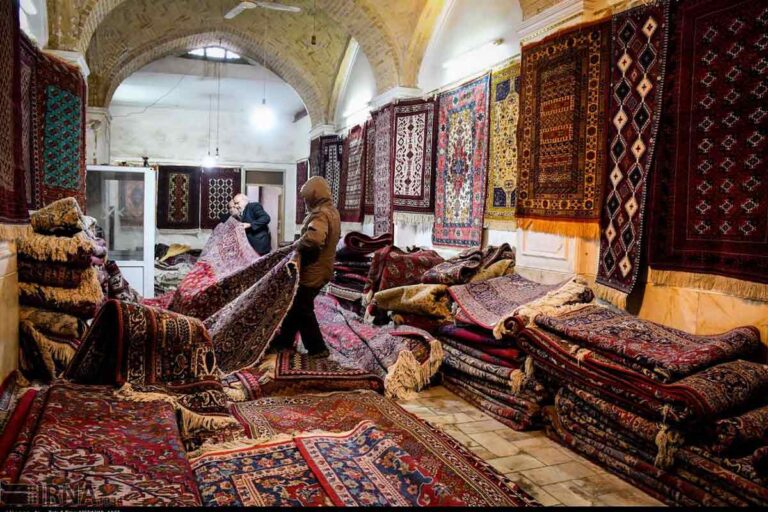
We bring you not just a carpet, but a masterpiece with a story — directly from the hands of Iranian artists to your home.
By working directly with artisans, we help preserve centuries-old traditions while offering our customers a chance to own a unique piece of original cultural heritage.